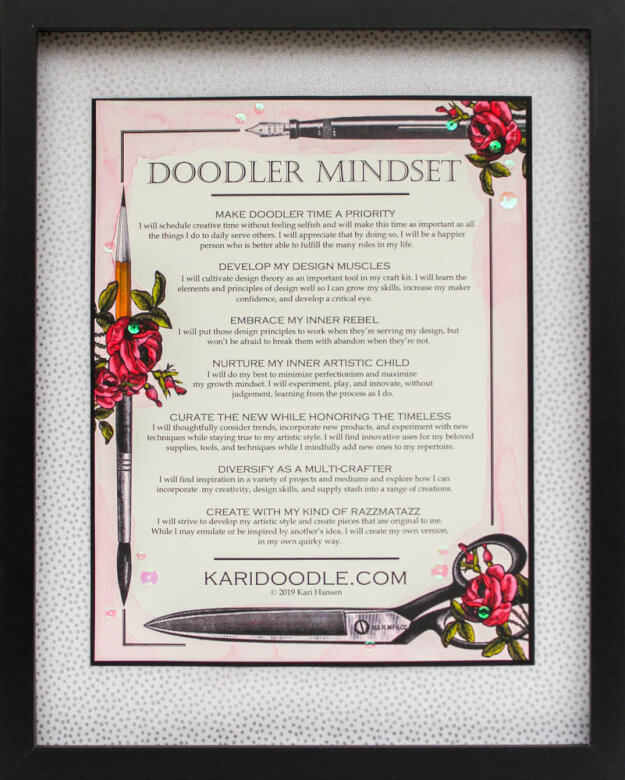Inside: Learn why a growth mindset is the key for makers to create the most enjoyable crafting experiences.
Do you…
…want to improve your design skills and turn your mistakes into growth opportunities?
…feel a bit rebellious about the “right way” to make something?
…look for crafting inspiration that fits your eclectic, evolving style?
…love to find innovative ways to use tools, supplies, and techniques?
…welcome ideas for using your older supply stash in fresh ways?
…know that being creative is a source of joy in your life?
If this sounds like you, read on.
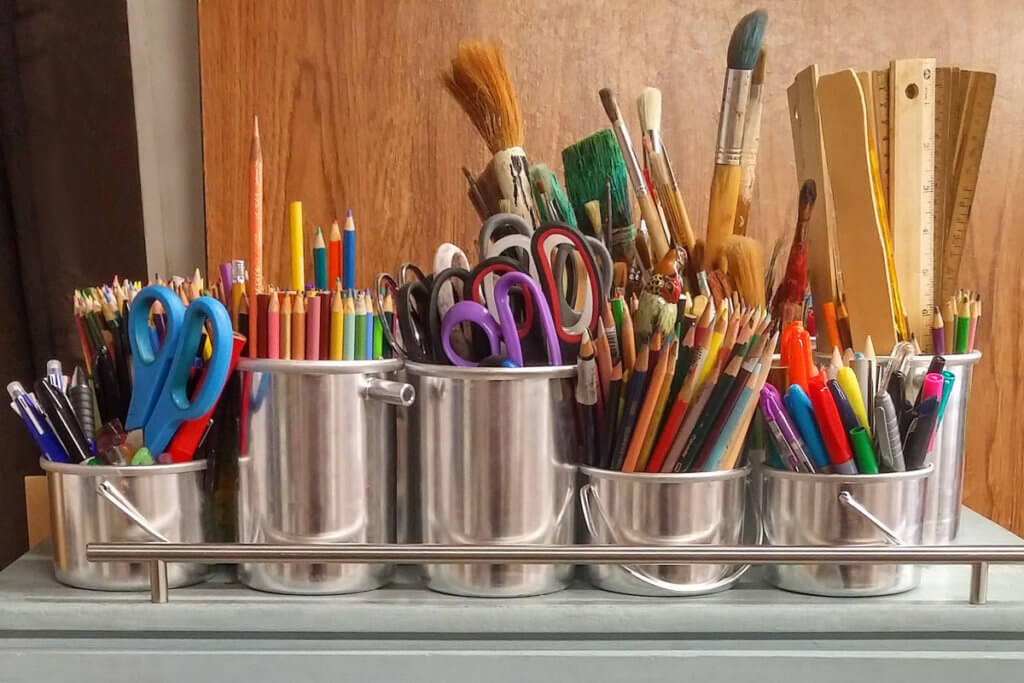
I might seem like a stereotypical elementary-school mom. I bake cookies for my daughters’ lunch boxes. I live in a brick house on a tree-lined suburban street. I drive a generic, kid-friendly SUV.
But beyond that surface layer, I’m living my own riff on mom life.
Those chocolate-chip cookies? Probably paleo. Inside that house? Purple kitchen cabinets. And behind the tinted windows of that 4-wheel drive, we’re jamming to White Stripes and B-52s.
But who am I kidding? Wearing polka-dot Doc Martens as my version of “comfy mom shoes” may have given me away a long time ago.
I’m doing this mom gig the way it fits me, Docs and all. Who cares if it’s the “normal” way? Who cares if other people get it? There’s plenty of room for different approaches to the job. We all want the same thing, right?
We want to be happy moms and raise happy kids.
My crafting mindset has the same offbeat tendency as my mom mindset.
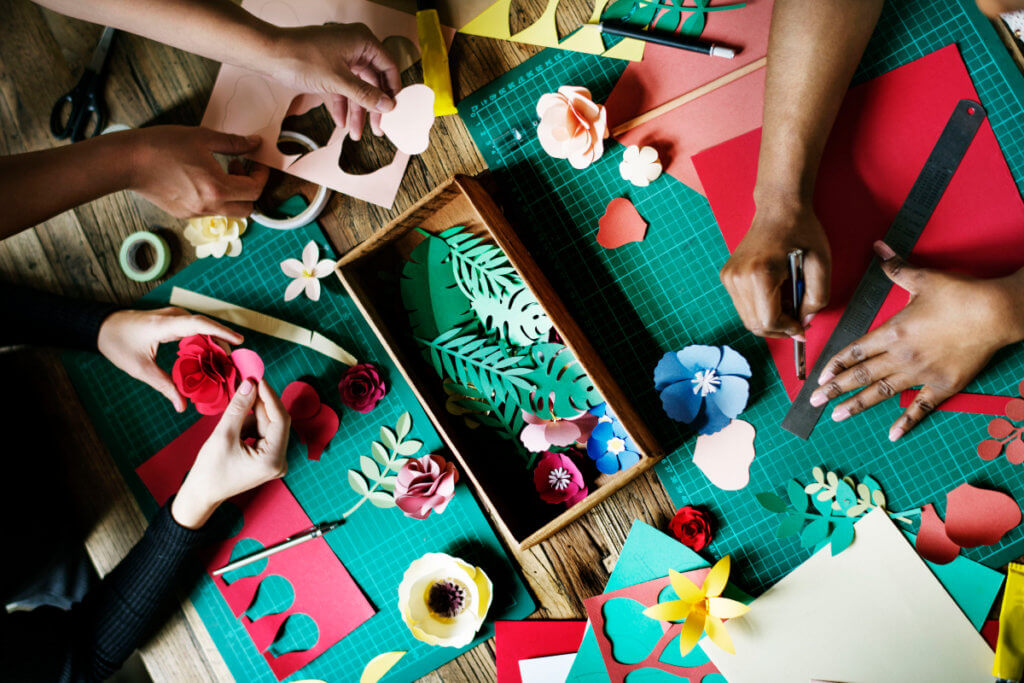
In this post:
How does our mindset impact how we craft?
Creativity is inventing, experimenting, growing, taking risks, breaking rules, making mistakes, and having fun. — Mary Lou Cook
For years, I felt like I had to make scrapbook pages, cards, and other crafts the “right way.”
But now I’m embracing that I’d rather do it my way. Even if it isn’t the usual way.
Being away from the crafting world for a few years gifted me with a fresh perspective:
- I can craft on my own terms
- I can be my own kind of quirky creator
- And I can have tons more fun in the process!
I want to continuously improve my design skills and crafting abilities, but I’m going to do that in my own way. I don’t worry about how other people make stuff, nor do I want my pieces to look like theirs. Do you feel this way too?
I’m giving myself permission to follow my own crafting path, letting my curiosity take the lead, and embracing my unique artistic vision. I’d like to help you do that too!
By doing so, we’re embracing a growth mindset and the maker movement.
Perhaps you’ve heard the terms “growth mindset” and “maker movement.” Let’s look at what these mean and how adopting them can help us be happy crafters.
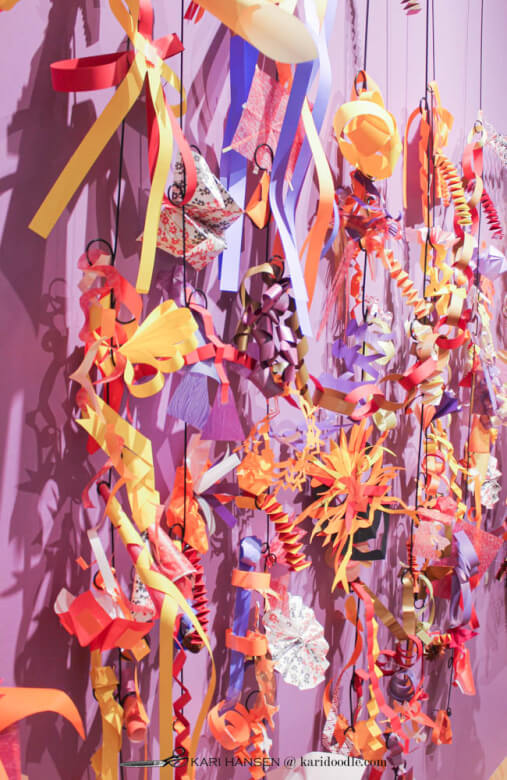
What’s a growth mindset?
The concept of growth mindset was developed by psychologist Carol Dweck and popularized in her book, Mindset: The New Psychology of Success. My kids’ school is employing growth mindset principles in its classrooms, and yours may be as well.
Dweck explains: “In a growth mindset, people believe that their most basic abilities can be developed through dedication and hard work—brains and talent are just the starting point. This view creates a love of learning and a resilience that is essential for great accomplishment.”
What’s the Maker Movement?
Dale Dougherty, founder of Make Magazine and the concept of the Maker Movement, applies the growth mindset specifically to makers:
“Makers give it a try; they take things apart; and they try to do things that even the manufacturer did not think of doing. Whether it is figuring out what you can do with a 3D printer or an autonomous drone aircraft, makers are exploring what these things can do and they are learning as well. Out of that process emerge new ideas, which may lead to real-world applications or new business ventures. Making is a source of innovation.”
See Dale Doughtery explain why we are all makers in this Ted Talk.
How does a maker mindset apply to us as a crafters?
If we change Dougherty’s references to 3D printers and drone aircraft to examples from our crafting world, that statement might read like this:
Whether it’s figuring out what to do with alcohol inks or die-cutting technology, crafters are exploring what these things can do and they are learning design as well. Out of that process emerge new ideas and new expressions of creativity.
By embracing a maker mindset as we craft, we create possibilities for ourselves:
- to try new techniques and products
- to embrace different perspectives
- to grow in artistic ability and confidence
That’s the kind of crafter I want to be. Are you that kind of crafter too?
Let’s call this maker-movement way of crafting the “Doodler Mindset.”
What’s a Doodler?
A doodler is someone who loves to create, learn and experiment! The act of creating bolsters a doodler’s spirit. A doodler’s passion to create in her authentic way always overrides somebody else’s “supposed to.”
Like motherhood, in crafting there’s plenty of room for different approaches. We all want the same thing, right? We want to be happy crafters and create cool stuff.
The artist is not a special kind of person; rather each person is a special kind of artist. — Ananda Coomaraswamy
The Doodler’s Mindset
Let’s break down how we can apply the Doodler Mindset in a real way, every day, in our craft rooms, on our projects. Here are the seven key practices that make up the Doodler Mindset:
#1. Develop your design muscles
Creativity is a wild mind and a disciplined eye. — Dorothy Parker
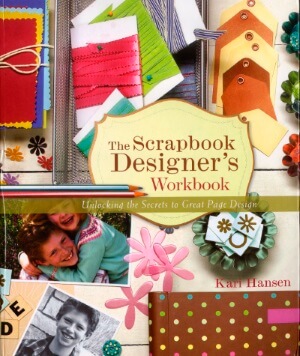
The desire to learn and build our abilities is essential to the Doodler Mindset. Design principles and color theory are important parts of our crafter skill set. By learning the elements and principles of design well and regularly putting them into practice, we can grow our skills, increase our maker confidence, and develop a critical eye.
I know the “rules” of design inside and out – I should since I wrote a book about it – and I talk about them throughout my posts so you can learn them too.
We’ll explore the elements of design, which include line, shape, space, and texture. I also include typography as a design element, and we’ll look at that too.
The principles of design include emphasis, rhythm, balance, unity, proportion, and scale. We’ll talk about how to use these in practical ways on cards, scrapbook layouts, and other DIY projects.
#2. Embrace your rebellious side
Learn the rules like a pro, so you can break them like an artist. — Pablo Picasso
I’m firmly in Picasso’s camp, since I believe that the best way to successfully break the rules is to first know them well. A good understanding of design theory is invaluable, and that’s why we’ll work on learning and implementing the rules of good design.
But Picasso knew that it’s also important that we don’t let those same rules get us in a rut or limit our creativity. Like Picasso, I want to know all the rules… so I can break them!
This is particularly true of design theory. The last thing I want for you or myself is to blindly follow those rules. Learn them well so you can use them when they’re serving your design and break them with abandon when they’re not. And you can know the difference.
Picasso was a master of classical design, but he was also a rebel and an innovator. He understood how to play the two sides off each other, and we can see in his work that he constantly danced that line as he created.
As Doodlers, we have the option to do that same kind of tango when it suits us. Doesn’t that sound like an exhilarating way to create?

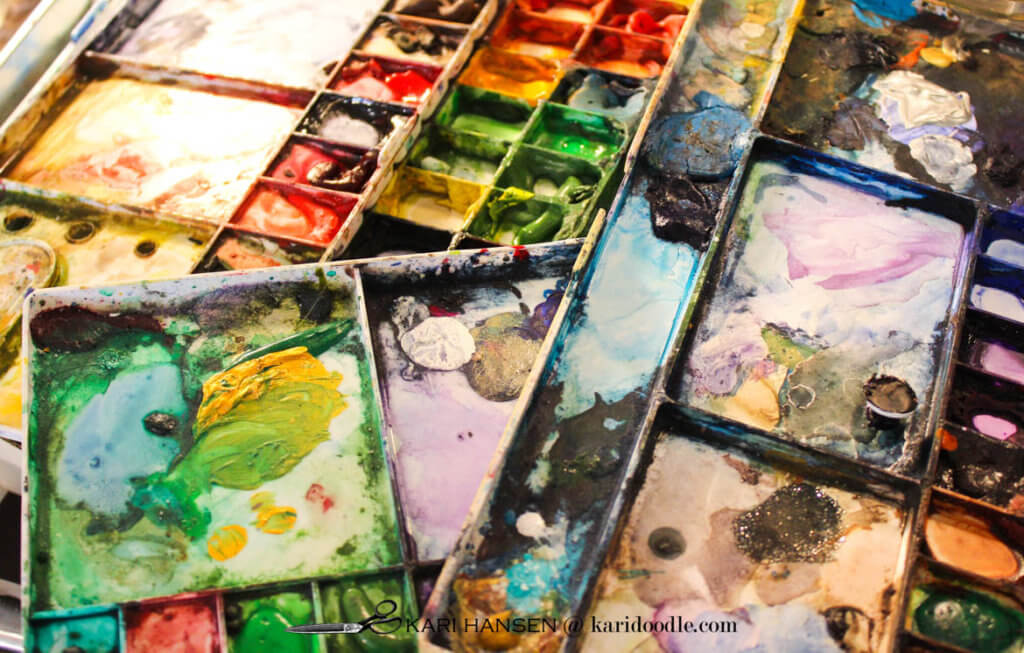
#3. Nurture your inner artistic child
Every child is an artist; the problem is staying an artist when you grow up. — Pablo Picasso
We often have this crippling expectation that we should be good at something right away or that our projects should have machine-like perfection. As a recovering perfectionist, I know firsthand how our Type A tendencies can be a maker’s nemesis.
Years of teaching art to kids have shown me that I need to support and encourage my inner artistic child in the same way I would a child in my art class. It’s inspired me to give myself grace as I learn a new technique and be more adventurous in what I make. It’s taught me the importance of loosening up, of playing, of experimenting, and of keeping perfectionism in check.
The very nature of crafting is to create with our two hands. We are not machines, and thus: handmade is always going to be perfectly imperfect. That’s part of its charm!
Let’s celebrate that charming, quirky side of handmade as the one-of-a-kind, beautiful thing that it is. Let’s be as kind to our inner artistic child as we are to our kids when they are learning new skills, just like we appreciate every wonky, googly-eyed creature our kids create in kindergarten. Not because it’s perfect, but because they worked hard and made it with their own two hands.
Let’s embrace the process and the journey like a child does, giving ourselves space to figure things out.
We’re happier crafters when we make our growth mindset more important than our perfectionism.
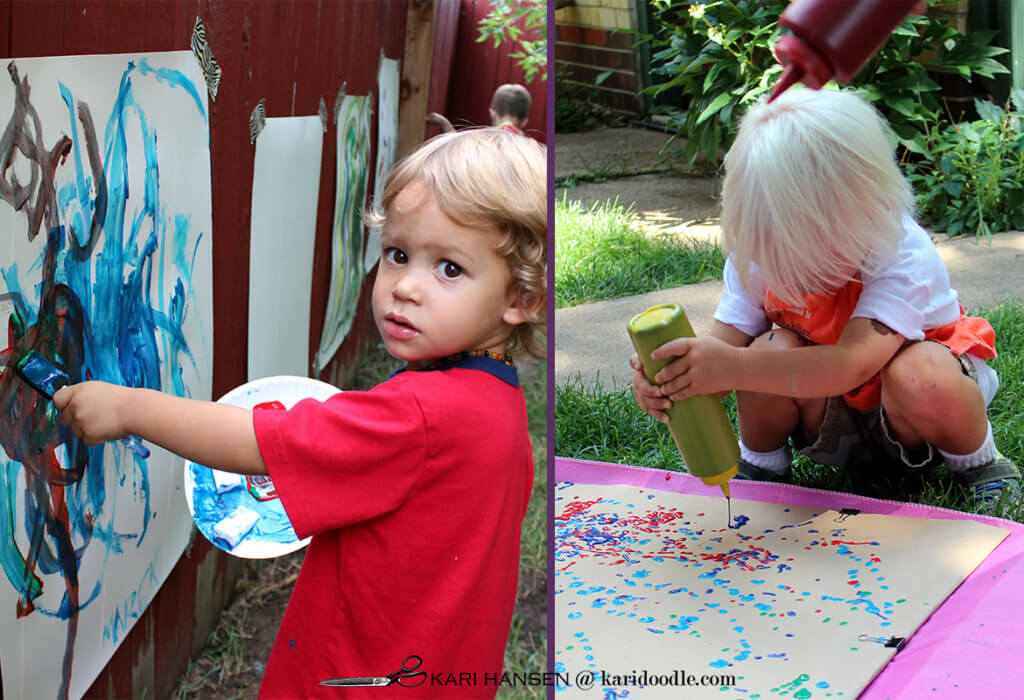
#4. Create with your kind of razzmatazz
There are three responses to a piece of design – yes, no and WOW! Wow is the one to aim for. — Milton Glaser
The Doodler dictionary defines razzmatazz as that certain zing and creative sparkle found in a well-executed project. It’s the wow-factor that makes your pieces uniquely eye-catching and uniquely you.
To craft with razzmatazz, we’re striving to develop an artistic style that is unique to us. A style that is not dependent on what other people are making, or how they are making it. An aesthetic that is truly our own, no matter how eccentric, grungy, or offbeat it may be, and with no worries if it doesn’t fit in with the overload of cutesy, vanilla projects so often found in the crafting world.
When I’m working on a project, this is what I’m looking for in the final piece:
- Is the design effective?
- Is the craftsmanship well executed?
- Does it have originality?
- Is it an authentic reflection of my style?
- Does it have a bit of edge, unexpected or quirky?
If the answers are yes, then it has my kind of razzmatazz!
You’ve got your own special brand of razzmatazz, so let’s find it together!
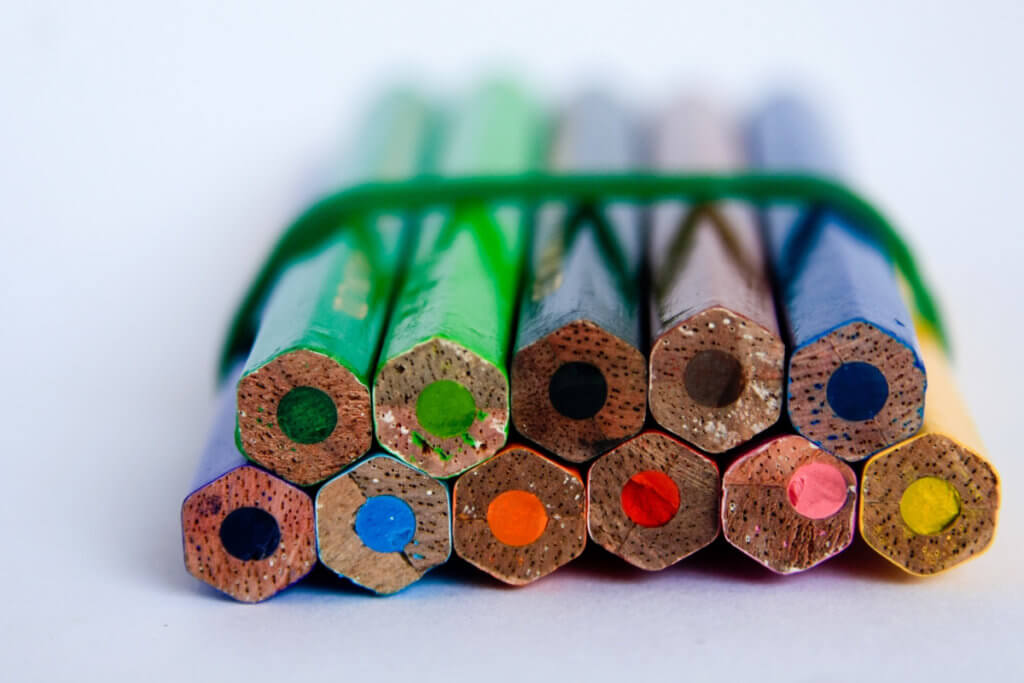
#5. Curate the new while honoring the timeless
Make new friends, but keep the old; Those are silver, these are gold. — Joseph Parry
Do you enjoy the thrill of new craft goodies but want to also use your favorite old stuff that still “sparks joy” in its own way? Do you like to try new techniques but love your tried-and-true methods too? Are you sometimes concerned that, even though you still love them, continuing to use your older supplies and techniques might make your pieces feel dated?
I totally get it. So much emphasis can be placed on the latest, greatest products and techniques. And believe me, I adore a shiny new stamp set or paper collection to play with as much as the next crafty girl. It’s also exciting to jump on the latest technique trends and incorporate them into my projects.
But I also love the old friends I’ve had for years in my craft stash and skill set that, while no longer new, are still appealing to me.
I unapologetically use “vintage” craft supplies and techniques as well as the latest collections and trends. I don’t worry much about whether those old friends might be considered dated, since I’m confident in my timeless taste and innovative approach. I’m more concerned about how that new product or method jibes with my authentic style than I am about being the trendiest crafter.
I love the challenge of using new and old together in fresh ways. I bet you do too! Let’s make use of our awesome supply stash and our tried-and-true techniques while we also explore the latest trends!
On that note, I understand the frustration of finding an inspiring project and then realizing it uses supplies you can no longer find. So when I share projects I’ve made with vintage supplies, I’ll encourage you to find something in your stash that will work, as well as always doing my best to find and suggest similar supplies that are currently available.
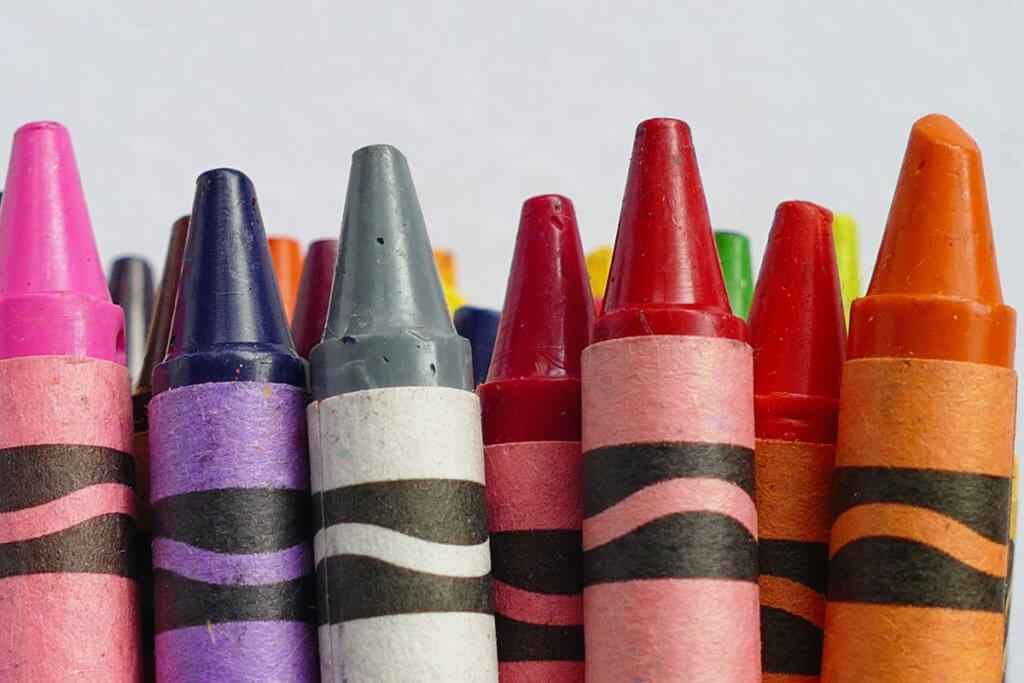
#6. Diversify as a multi-crafter
The only problem with being a multi crafter is deciding which craft to spend time on. — as seen in Homespun Magazine
I do all kinds of crafts. I adore paper, so most of my work is some kind of papercrafting.
But I also have a fabric addiction…
and I want to learn more about jewelry-making…
and I love to plan themed birthday parties for my kids. The list goes on.
I just like to make stuff, in whatever medium suits what I want to make and explore. Are you a multi-crafter too?
If you like to toggle between different kinds of crafts or you’re often inspired to try a project outside of your comfort zone, then we’re definitely kindred crafting spirits. Let’s stretch our supplies and creativity further by dabbling in a variety of crafts and trying new mediums. Let’s be multi-crafters together!
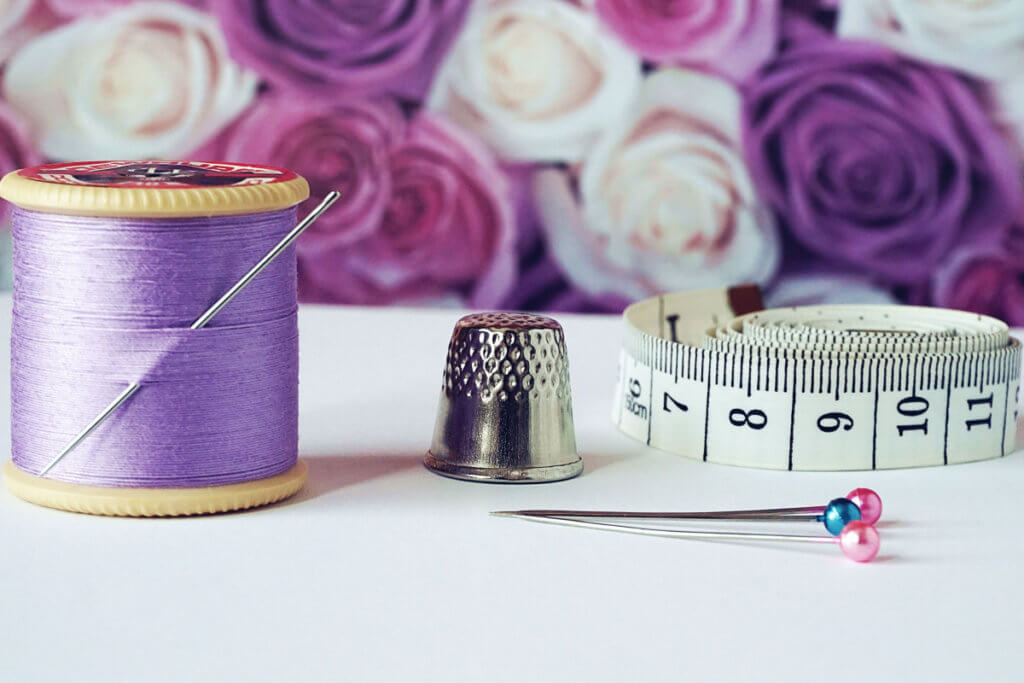
#7. Make doodler time a priority
Why did she make things? Well, she enjoyed it, of course; but it also somehow helped her remember who she was and where she came from. — Amy Rubin Flett
When my children were little, I got so wrapped up in motherhood that I rarely made “me time” a priority. As a result, my creative spirit was neglected, and I lost much of my identity outside of being a parent. Though I loved being a mom, I often felt an undercurrent of discontent and frustration in my daily life. It took me a while to realize how much I need to have creative time, and that I’m a better mom and wife — and overall happier human — when I regularly get it. Can you relate?
We wear so many hats: mom, wife, volunteer, just to name a few, in addition to whatever career roles we have. Finding time just for ourselves– to be creative, to recharge, to simply reflect and dream– is no easy task. Everyone else’s needs and wants seem to be more urgent than our own.
Deep down we know that we must take good care of ourselves to be our best role-jugglers. And part of that good care is regularly carving out those creative reboots for ourselves. In The Artist’s Way, Julia Cameron emphasizes the importance of making this happen in our daily lives and that nurturing our creativity helps us be happier, well-rounded people: “No matter what your age or your life path, whether making art is your career or your hobby or your dream, it is not too late or too egotistical or too selfish or too silly to work on your creativity. I have come to believe that creativity is our true nature…”
So let’s make our own needs a priority on par with everyone else’s, guilt-free, understanding that by taking better care of our spirit, we can better fulfill our many roles. Whether it’s trading evening screen time for a craft-room session or delegating some household chores, let’s look for ways to schedule creative time on our calendars. And then protect those appointments with a vengeance!
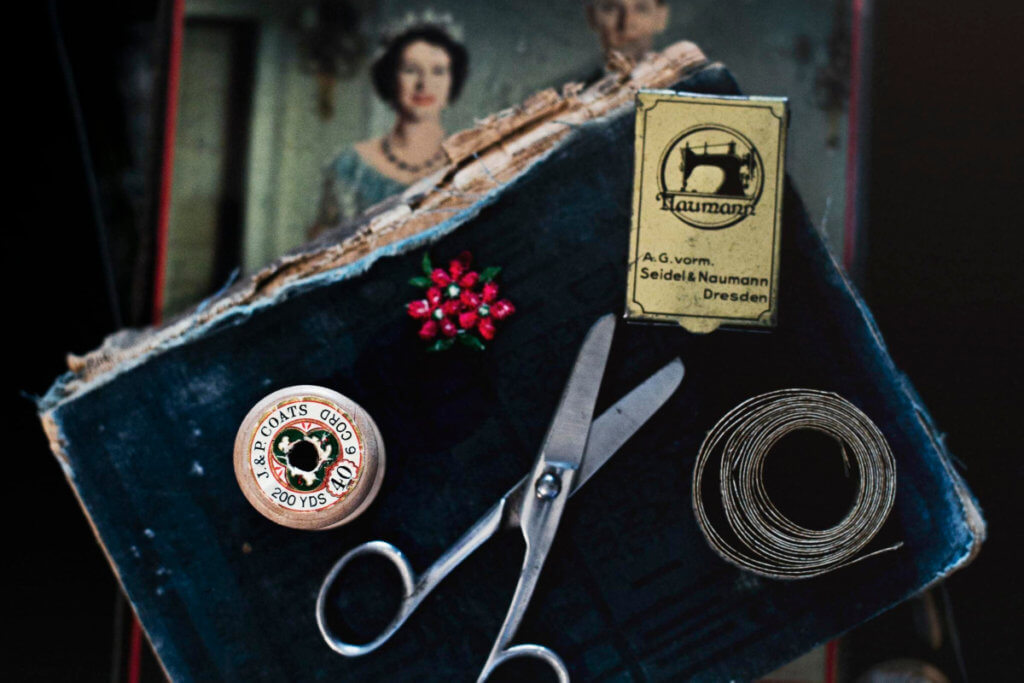
Welcome to the Doodler’s Club!
Does the Doodler Mindset resonate with how you want to craft? Maybe you’ve worked this way all along, or maybe you’re inspired to incorporate the Doodler Mindset so you too can be a happier, freer crafter.
Welcome to the doodlers’ table! We’re the ones in the back who always have the most fun!
HANG some inspiration in your craft room! Download a frame-able print of the Doodler’s Mindset that you can color and customize. Join the Doodler tribe using the form below and I’ll send you the password to my library right to your inbox. You’ll also be subscribed to Doodle News, my weekly update full of tips, tricks, and inspiration.
